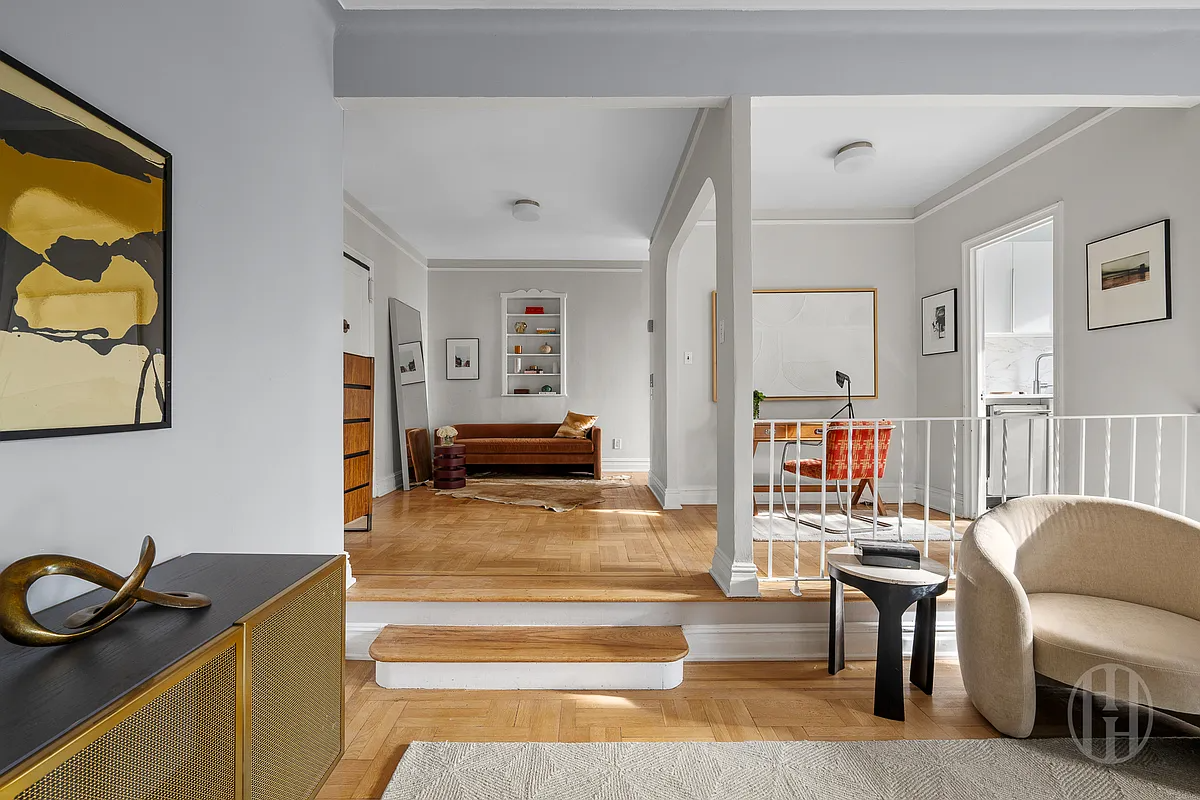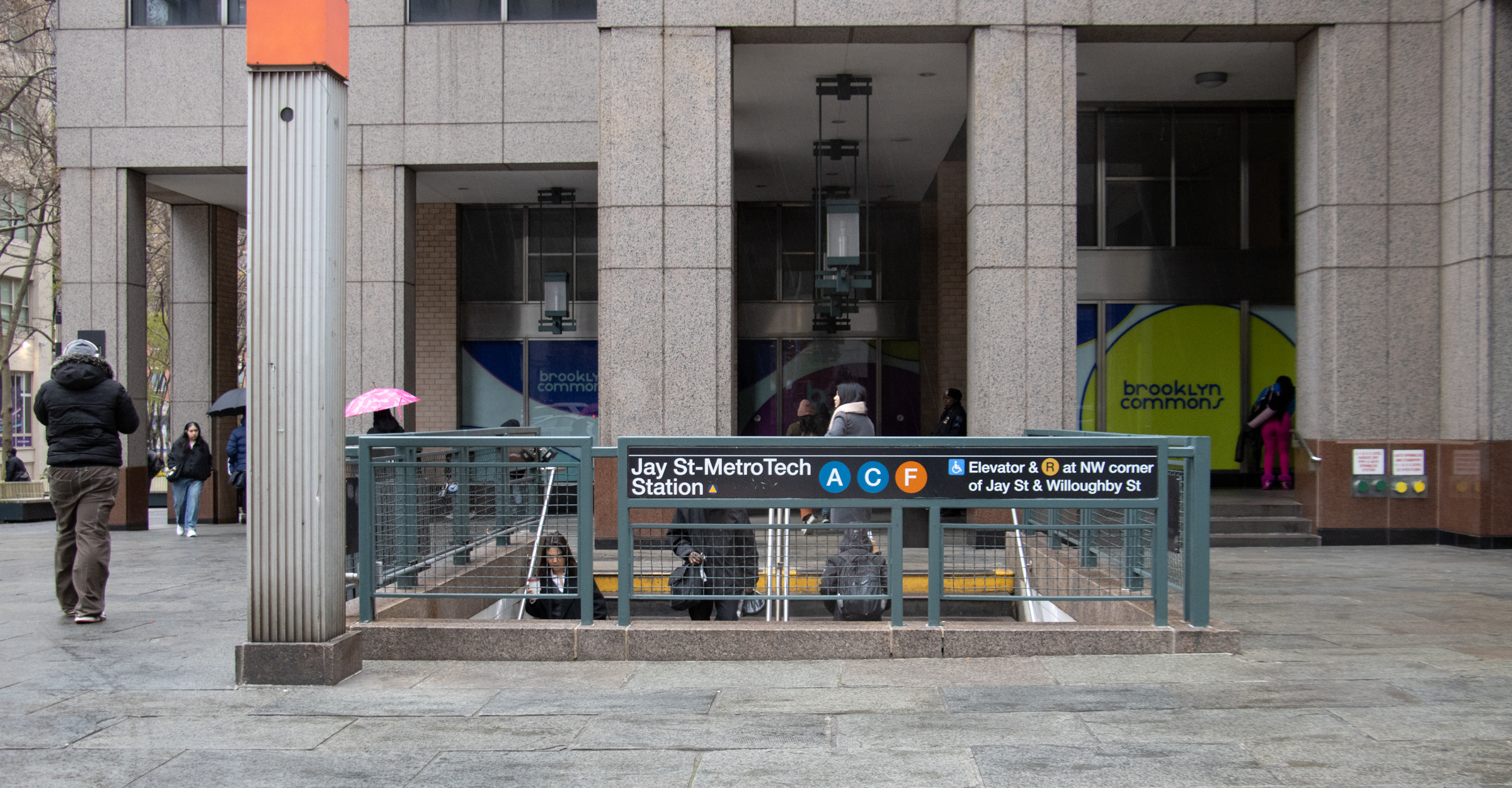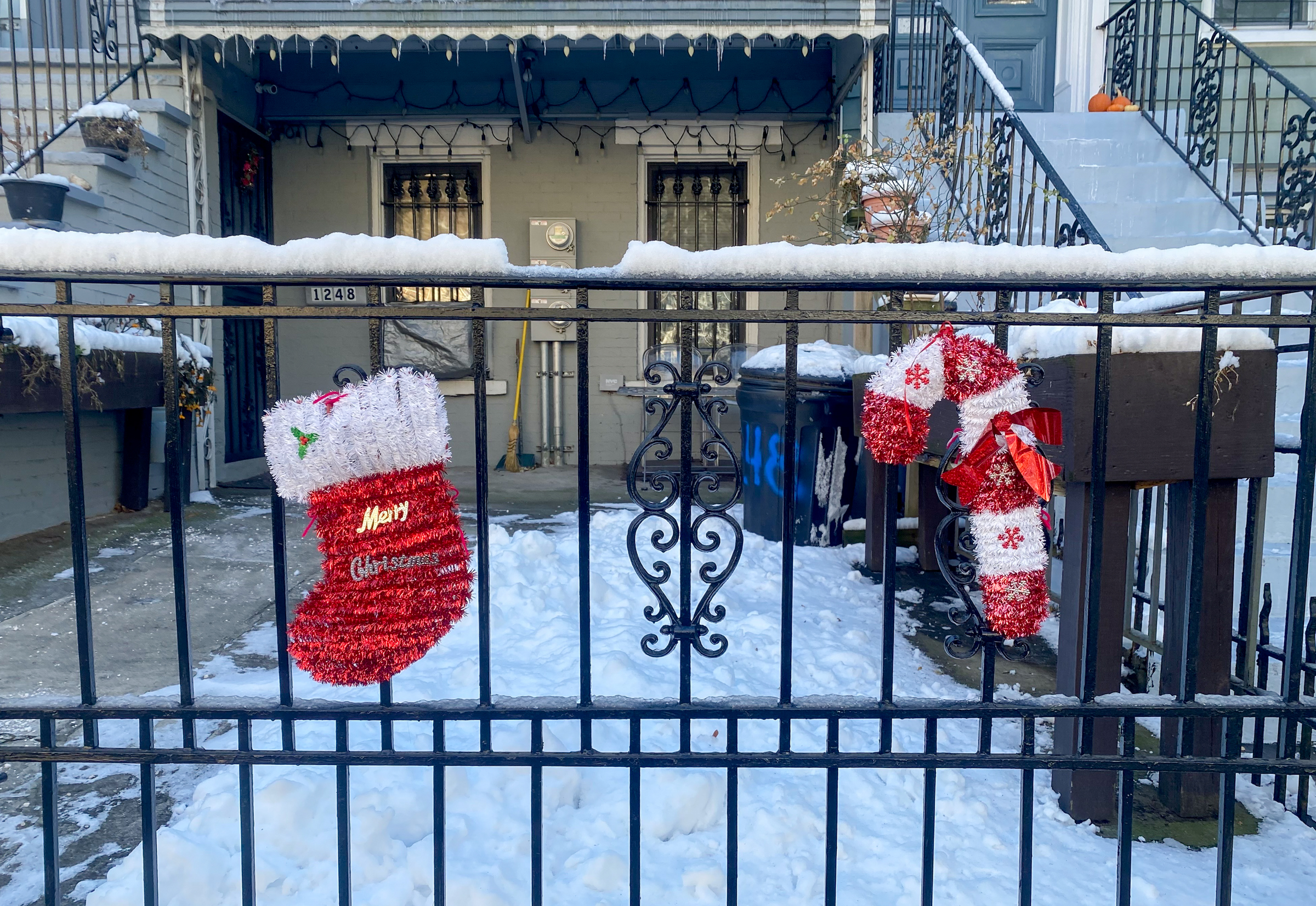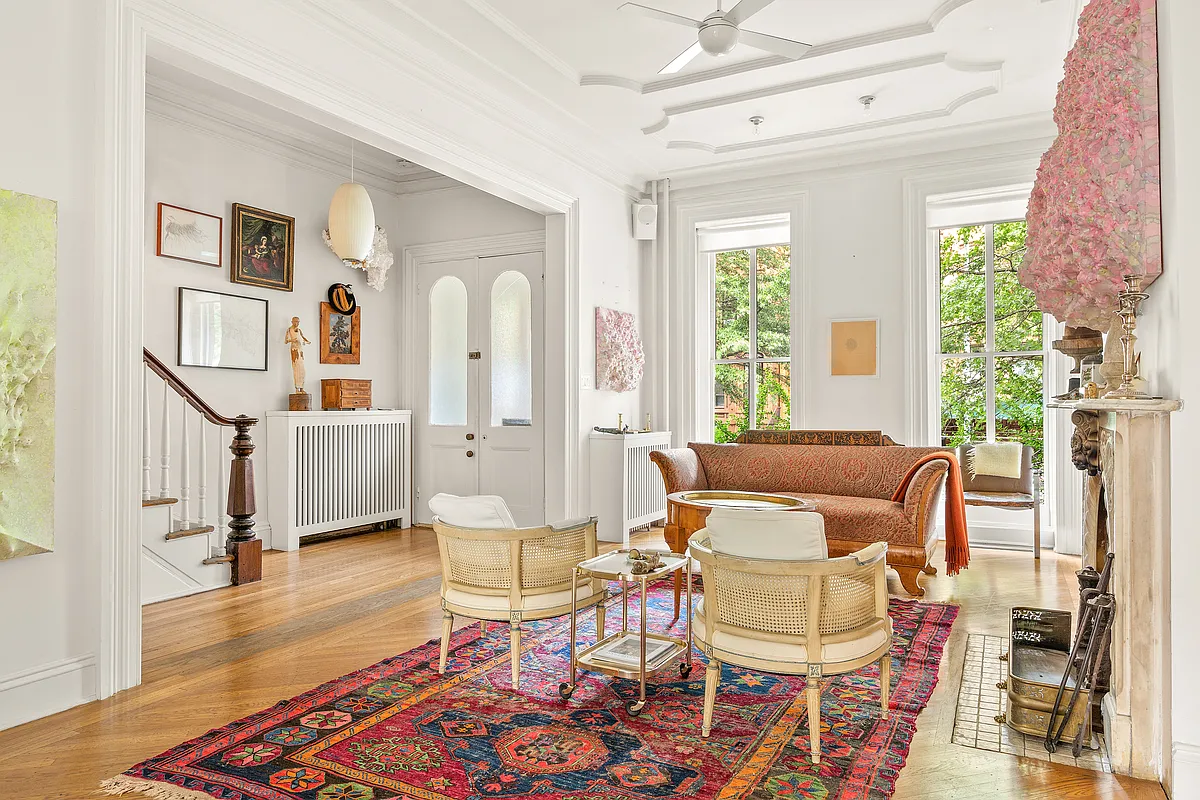Walkabout: Speaking of Work
We spend a lot of time on Brownstoner talking about our jobs, other people’s jobs, unions, and work in general. The men, women and children of Brooklyn, who built our city and borough were often photographed at work, and from these archives we can see how work has changed in the last century. The biggest…


We spend a lot of time on Brownstoner talking about our jobs, other people’s jobs, unions, and work in general. The men, women and children of Brooklyn, who built our city and borough were often photographed at work, and from these archives we can see how work has changed in the last century.
The biggest change is in the rights of children. A hundred years ago, children were often expected to work, and in some homes were the only source of income.

The photographs of boys toiling as underpaid and overworked paperboys, the girls in factories and stores, or at home making piece goods are heartbreaking.
The role of women in society has changed as well, and women who had to work for a living were also pigeonholed into low paying, tedious jobs.
Immigrant women ended up as maids and household servants or factory workers, as did African American women. Native born white women usually could do better, as teachers, nurses and office workers, but were still barred by society, if not by law, from higher paying, more prestigious work.

A woman who chose a career over raising a family was seen as abnormal, and societal mores often worked to her detriment for her desire to be a professional, like a man.
It goes without saying that men also worked hard to build a life in Brooklyn. We see factory workers, truck drivers, construction crews as well as office clerks, post office workers and more professional trades.
Here’s a sampling of Brooklyn’s people, as always, hard at work, on Flickr.




[Photos via Brooklyn Public Library]





Get a load of the outfits worn by the incarcerated men in the penitentiary photo on the ficker page. Black and white stripes with a matching hat, just like in the old movies.
Pretty cool.
Sure beats the neon-orange Rikers jumpsuit!
My father used to work like that… in a furniture factory.
He used to tell his children that he wanted them to have “desk jobs” when we grow up.
So, here I am at my desk.
Thanks dad.
Now we know why Brooklyn has become such a dump in the post-war era!
And the skirts! They simply whine now, when they once worked hard and raised children to possess virtue and not simply live as nihilistic hedonists…
Brooklyn: The former city that doesn’t work!
The native-born white farmers daughters of Lowell, Mass were quite upset to lose their textile factory jobs to lower-paid immigrants in the mid -1800s. Their writings were striking — they were so feminist.
Great post MM! Incidentally, I was at the Mega Stoop Sale on 23rd Street this weekend and picked up a book for you I thought you’d like. It’s called “A Picture History of the Brooklyn Bridge” and it’s got 167 prints and photos. I’ll give it to you at the next meet-up.
oh snap
*rob*
It’s too bad you weren’t around then so your ass could finally do some hard work and quit whining. Brokey!
What an interesting post, MM! This adds some real texture to your ongoing, excellent series on Brooklyn architecture. I’d love to read more about the lives led by the people who lived in these wonderful buildings we admire today. Thanks!
too bad we can’t put them to work these days!
kidding, kidding (sorta)
*rob*